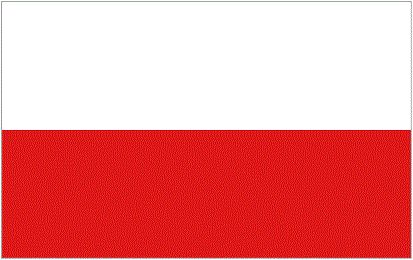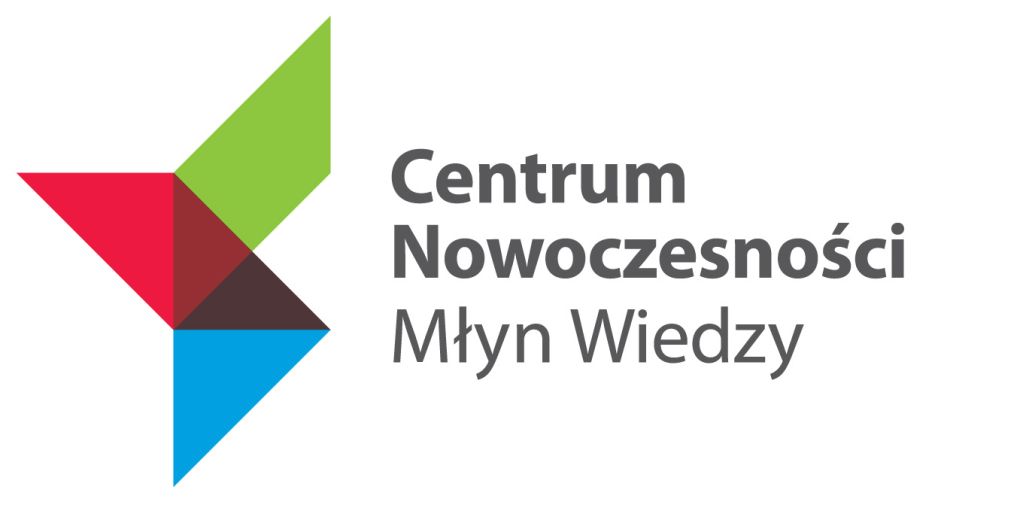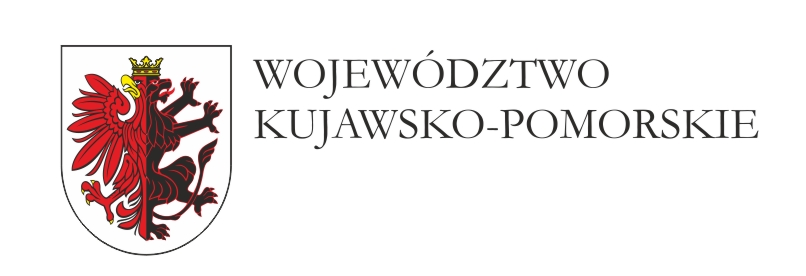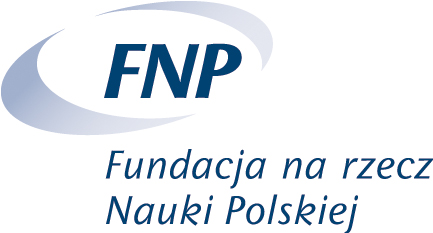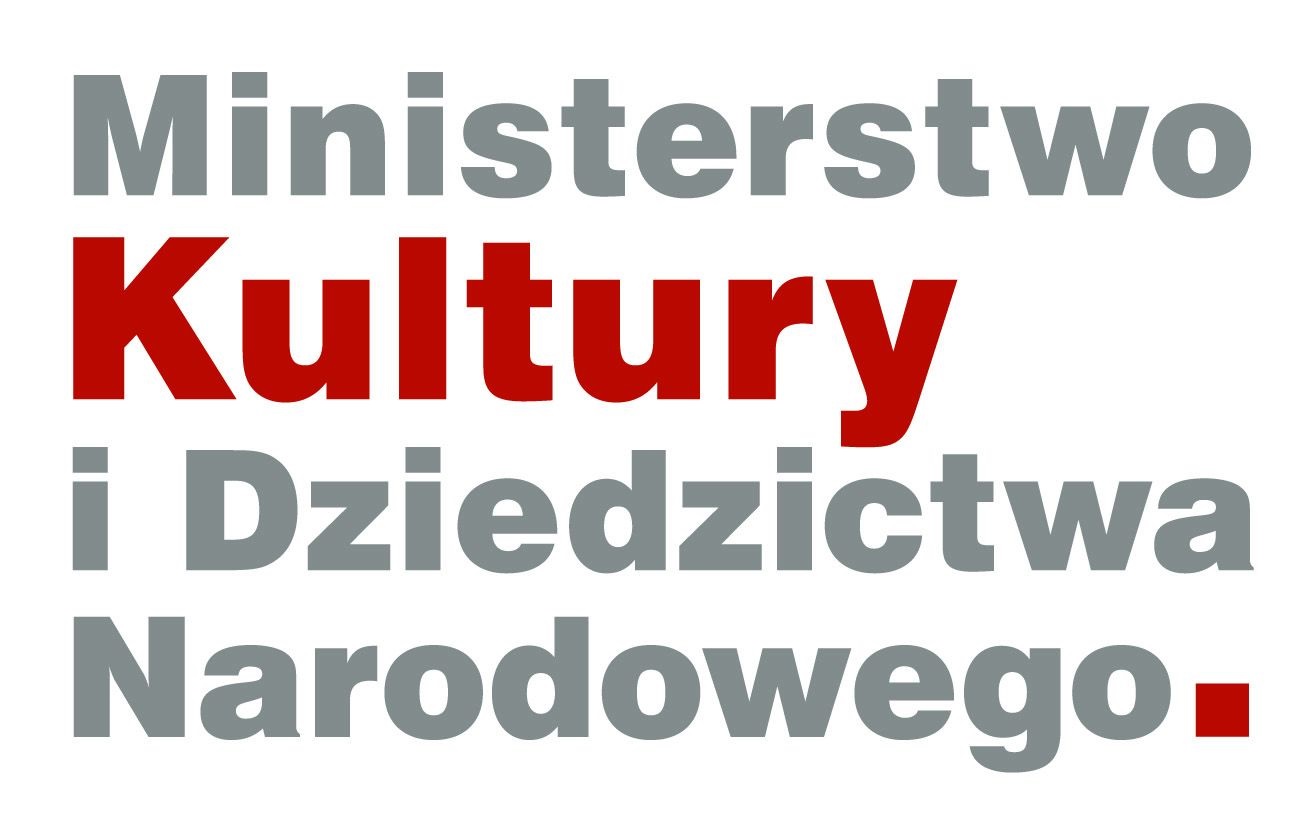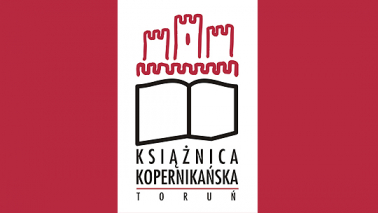The history
Zygmunt Działowski founded the Society of Arts and Sciences in Toruń in 1875. On December 16, 1875, Działowski and his collaborators, including Stanisław Kujot and the famous surgeon Ludwig Rydygier, formulated a founding document of the society. This original statute, recorded in the Kwidzyń register as “Wissenschaftlicher Verein zu Thorn,” listed the priorities of this organization: academic activities, both promoting research and disseminating research findings, collecting academic literature, establishing a library, and publishing academic studies. The first President of the Society was Ignacy Łyskowski, an estate owner and distinguished social leader. Zygmut Działowski was elected the head of Historical-Archeological Department.
Originally, the chief goal of the Toruń Society of Arts and Sciences was research about Gdańsk Pomerania, i.e. Pomerelia. The studies conducted under the auspices of the Society aimed to counter one-sided interpretations produced by German academics and improve the understanding of Polish national identity. At the moment of its creation, the Toruń Society of Arts and Sciences had 136 members (1880). Three departments carried out the work: the Department of History and Archeology, the Department of Theology, and the Department of Medicine and Natural Sciences. By 1876, there was a Museum with archeological artifacts and a basic library. In 1878, the society published the first volume of Roczniki TNT (The Toruń Society of Arts and Sciences Annals), featuring articles by renowned archeologists Godfryd Ossowski and historian Stanisław Kujot. Subsequent volumes were published in 1880 and 1884.
In 1881, the Society started building its headquarters on Wysoka Street, under the supervision of the joint stock company The Museum. When complete, the building housed a library, hosted exhibitions of museum collections, meetings of the Society as well as lectures and discussions attended by the Polish inhabitants of Toruń and its vicinity. For a short period, there was a hotel and a restaurant in the same building.
The 1880s witnessed limited activities of the Society, due to a temporary shortage of talented academic and administrative leaders, as well as a growing campaign of Germanization in Toruń. The appointment of Father Stanisław Kujot as the President reenergized the Society, and in 1897 a new edition of Roczniki (The Toruń Society of Arts and Sciences Annals) was published. A total of 25 volumes of Roczniki were published by 1919, including a notable study by Antoni Prochalski and Father Kujot concerning the “great war” with the Teutonic Order that culminated in the Battle of Grunwald. In addition, Father Kujot initiated the series Fontes, and himself contributed in 1897-1899 three volumes on the subject of visitations of the Archdeaconry of Pomerania dating from the end of the16th century. These were followed by accounts of visitations of the Culm Diocese, and Kamieński Archdeaconry of the Gniezno Archdiocese, as well as districts of Bytów and Lębork by W. Pobłocki, B.Czapla, P. Czaplewski, and P. Panske. W. Kętrzyński published the tax tariffs of Royal Prussia from 1682. Altogether, before 1919, there appeared 23 volumes of Fontes.
In 1908, a third publishing series was inaugurated: quarterly Zapiski TNT (Records of the Toruń Society of Arts and Sciences). Father Kujot conceived of it as a forum for publishing shorter studies on social issues, bibliographical information, polemics, reviews, and a chronicle of events taking place at the Toruń Society of Arts and Sciences. Zapiski became the first Polish language academic journal in West Prussia. After Father Kujot died, P. Czaplewski replaced him as editor.
The death of Father Kujot (December 5, 1914) did not disrupt the work of the TNT. Brunon Czapla and Paweł Czaplewski succeeded as Presidents of the Society in the period before the creation of Poland as an independent state. An article published in Zapiski in 1919, entitled “An Outline of the History of the Polish Nationality in the Royal Prussia and the Duchy of Prussia” (“Zarys historii narodowości polskiej w Prusach Królewskich i Ksiażęcych”), translated into French, was used by the Polish delegation to the Versailles Peace Conference.
The context of the activities of the Society changed in January-February 1920, when the newly reborn Polish state regained expansive territories of Pomerelia along the Vistula River, and created of the Pomeranian administrative district (voivodeship) with the capital in Toruń. The clergy and landowners ceased to be the majority among the Society’s members. Instead, urban intelligentsia became the biggest group – city government officials, teachers, lawyers, medical doctors, literary figures, artists, and employees of various educational institutions. Dr. Jòzef Łęgowski served as the President of the Society from 1920-23. His successor, Father Alfons Mańkowski, stayed at the helm until the outbreak of World War II. Among the most active new leaders were Father Dr. Władysław Łęga, as well as Dr. Zygmunt Mocarski, an expert in library science and capable administrator. The Society assisted in the creation of the Municipal Library, which was located in the Society building, with the Society library deposited as part of the Municipal collection in 1923. In 1930, the museum collections of the Society were deposited in the City Museum, located in the Town Hall (Ratusz). The leadership of the Society also helped organize the Municipal Archives and helped create the Pomeranian Institute of the Arts and Sciences, the cradle of the university in Toruń. In 1934, the Toruń Society of Arts and Sciences became part of the Council of Academic, Artistic, and Cultural Associations. The Council administered academic and cultural activities in the voivodeship.
At the same time, starting in 1920, the Society methodically pursued the research and publishing goals listed in the statute. From 1920 to 1939, 17 volumes appeared in the Roczniki series, containing 25 treatises devoted to history and archeology. Eleven volumes on the subject of medieval and early modern history were published in the series Fontes, among them an edition of the oldest court books of the Old City of Toruń, edited by K. Kaczmarczyk; inventories of the Bishopric and Chapter House Culm (Chełmno) from the 17th and18th centuries, edited by Father A. Mańkowski; the so called “Book of Theudenkus” from the period of the Thirteen Year War, edited by L. Koczy; and the survey of the royal estates of the entire Royal Prussia from 1664, edited by J. Paczkowski. Gradually, the third periodical, Zapiski TNT, rose in importance. Thanks to improvements in the selection of materials and recruitment of authors, as well as the extension of the primary materials and reviews sections, Zapiski became a countrywide and well received, highly recognized academic journal. Volume 11 (1939) had a subtitle “A Quarterly Devoted to the History of Pomerania.” New publishing series were added, including Prehistoric Pomeranian Studies (only one issue published) and Environmental/Nature Research in Pomerania, with three issues published on the subject of flora in the Pomerania and the Baltic Coast.
During World War II, the German occupational authorities dissolved the Toruń Society of Arts and Sciences, confiscated its property, and transferred its library to Stadtbibliothek Thorn. Over 50 leaders of the Society lost their lives, including President Father Alfons Mańkowski, who perished in 1941 in Stutthof concentration camp. After the German military withdrawal, the books and other academic resources returned to the Society, largely thanks to the courageous wartime stance of Dr. Otto Freymuth, the director of Stadtbiliothek, who protected the Society’s collections.
The first post-war meeting of the Toruń Society of Arts and Sciences took place on July 17, 1945. A new leadership of the Society was elected at that meeting and Father P. Czaplewski assumed the position of the Society’s President. In the meantime, the creation of Nicolaus Copernicus University in Toruń changed the context in which the Society operated. The Society was transformed from a group of enthusiasts of arts and sciences into a society composed of professional academics. Changes in the statute (in 1946) reflected this new reality. Only the academics with postdoctoral degrees (dr. hab.) were allowed to become members of the newly reorganized departments of the Society, including, 1) the Department of History, Law, and Social Science; 2) the Department of Philology and Philosophy; and 3) the Department of Mathematics and Natural Sciences. In 1964, a separate Department of Law and Social Science was established. Each of these departments contained numerous specialized committees composed of the members of the departments as well as unaffiliated members.
In 1948, a distinguished historian of literature, Professor Konrad Gòrski from Vilnus, became the President of the Society. After one year, he resigned as a result of the pressure from the communist authorities. Astronomer Professor Władysław Dziewulski became a new President. Professor K. Gòrski returned in 1957 and continued until 1983. He was followed in the post of the President by Prof. Dr. hab. Marian Biskup, and in the years 2004-2011 by Prof. Dr. hab. Andrzej Woszczyk. In 2012, Professor Jan Kopcewicz became the new President.
After World War II, the Society was funded from various sources. Central state institutions were responsible for the provision of funds, but in 1951, these became channeled through the Polish Academy of Arts and Sciences (Polska Akademia Nauk, PAN). From 1965, the Toruń Society of Arts and Sciences received insufficient funding from the Bydgoszcz Administrative District. After 1975, the Regional Administrative Office in Toruń provided additional resources to the Society. In 1990, the central state budget ceased to supply regular funding for the Society.
Despite financial difficulties, the Society carefully maintained the publishing output at the high level. Roczniki, and Fontes, as well as Zapiski TNT started appearing already in 1946. In 1955, the latter series changed its name to Zapiski Historyczne (Historical Records). From 1960, it contained “The Bibliography of East and West Pomerania and the Baltics.” In 1948, the Society resumed the publication of Studies in Prehistory, under a new name Prace Archeologiczne (Archeological Studies). Among some newly initiated series were Studies of the Philology and Philosophy Departments (starting in 1948), Studia Societatis Scientiarum Torunensis (starting in 1951, published under several separate covers), Studia Iuridica (starting in 1962). Until 1964, the latter had been published under the auspices of the Department of History, and later under the Department IV. Sprawozdania Towarzystwa Naukowego w Toruniu (Reports of the Toruń Society of Arts and Sciences) have been published annually since 1948. They contain biographical information about the members of the departments, as well as summaries of the projects undertaken in commissions and departments. Many publications have come out without being affiliated with departments or commissions. For example, a multivolume Historia Torunia (History of Toruń), a photo album Toruń – miasto i ludzie na dawnej fotografii (Toruń – the City and Its Inhabitants in Old Photographs), another album Toruń i miasta ziemi chełminńskiej na rysunkach J.F. Steinera (Toruń and Cities of the Chełmno Region in the Drawings of J.F. Steiner), and Historia Pomorza (The History of Pomerania), vol. 4, parts 1 and 2. Since 1948, the Toruń Society of Arts and Sciences has published a total of over 1000 publications that in turn, contained many thousands of studies of varying length. Some of the studies addressed more to the general audience have been published in the series Prace Popularnonaukowe (Popular Science). The 17-volume Copernicus Mini-Library (Biblioteczka Kopernikańska) and the cycle Zabytki Polski Północnej (Art Monuments in Northern Poland) have attracted many readers. In the latter series, the Society has recently published Kościòł NMB w Toruniu (The Church of Our Lady in Toruń), Kościół Św. Jakuba w Toruniu (The Church of St. James in Toruń), and Bazylika Katedralna Św. Janòw (St. Johns’ Cathedral).
Since 1946, the Toruń Society of Arts and Sciences has encouraged research and published research findings in many fields. In addition, the Society has organized numerous academic colloquia and conferences. Already in 1947, the Society organized a Historical Congress for scholars working on the history of Pomerania and Prussia. In 1953 and 1973 high-profile Copernican Conferences took place. Another example of important events organized by the Society are international and Poland-wide colloquia devoted to the following subjects: the Polish and the German historiography of Pomerelia, bibliographies in the field of history of Pomerania, research on northern Poland in the era of partitions, and current issues in law and medicine. Recently, the Toruń Society of Arts and Sciences has coorganized Colloquia Thorunensia.
Finally, an important and perhaps little known aspect of the work of the Toruń Society of Arts and Sciences is a systematic exchange of publications with over a hundred similar academic societies around the world. As a result of this exchange, the library of the Society, and thus library resources available to academics in Torun, increases by over 1,500 volumes each year. In 2013, the Toruń Society of Arts and Sciences underwent a thorough reorganization, including, amending the statute and updating the administrative structures.
Bibliography:
Serczyk, Towarzystwo Naukowe w Toruniu. Krótki zarys dziejów, Toruń 1999
Towarzystwo Naukowe w Toruniu w latach 1976-2000 (materials), oprac. Jerzy Serczyk, Toruń 2000.
Translated: Marie Louise James, Montagu James
Towarzystwo Naukowe w Toruniu
since 1875
© Copyright: TNT - Toruń 2014. Projekt i wykonanie strony: Rafał Mikulski
Partners:
